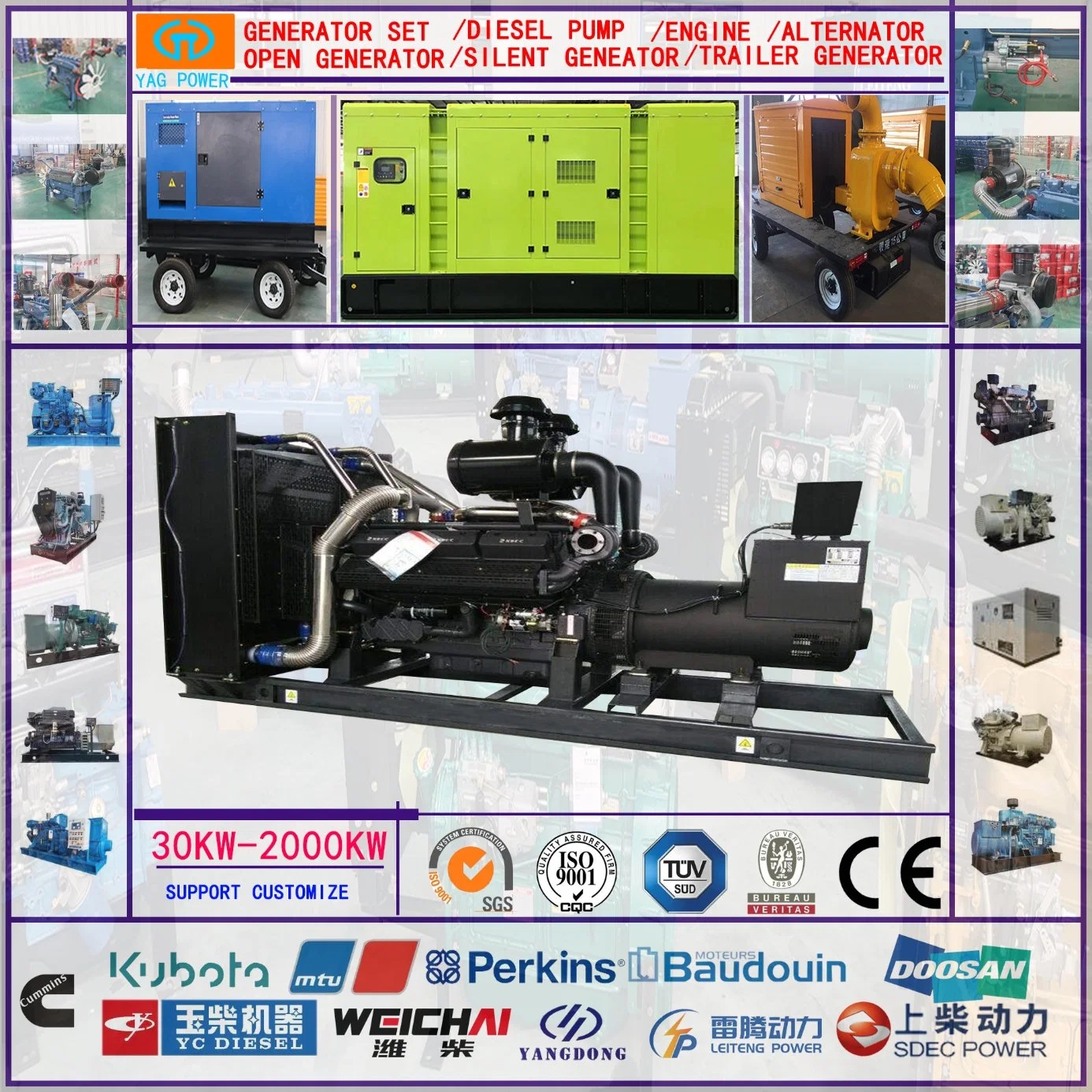Introduction
In the modern world, a reliable and uninterrupted power supply is crucial for the functioning of various sectors, including industries, hospitals, data centers, and residential areas. However, power outages and grid failures are inevitable occurrences that can disrupt the supply of electricity. To mitigate the impact of such disruptions, many organizations and individuals turn to backup power solutions such as diesel generators. Diesel generators are known for their robustness, reliability, and ability to provide continuous power during emergencies. In recent years, the concept of parallel operation of diesel generators with the grid has gained traction as a way to enhance overall power supply resilience. 150KW Diesel Generator For Sale explores the benefits, challenges, and best practices associated with diesel generators operating in parallel with the grid.
Benefits of Parallel Operation
1. Enhanced Reliability: One of the key benefits of parallel operation is enhanced reliability. By connecting a diesel generator to the grid, users can ensure a seamless transition to backup power in the event of a grid outage. This setup provides a reliable and continuous power supply, minimizing downtime and disruptions to operations.
2. Increased Flexibility: Parallel operation allows for greater flexibility in managing power supply. Users can choose to operate the generator in parallel with the grid to meet peak demand or switch to standalone mode when necessary. This flexibility enables users to optimize their power supply based on their specific requirements and operational needs.
3. Cost Savings: Operating a diesel generator in parallel with the grid can lead to cost savings in the long run. By utilizing the generator during peak demand periods or when electricity prices are high, users can reduce their overall energy costs. Additionally, parallel operation allows for better fuel efficiency and load sharing, further optimizing operational expenses.
4. Improved Resilience: In an increasingly interconnected world, resilience is a critical factor in ensuring uninterrupted power supply. Diesel generators operating in parallel with the grid enhance the overall resilience of the power system by providing backup power during emergencies or grid failures. This setup reduces the impact of outages and ensures continuity of operations.
Challenges of Parallel Operation

1. Synchronization Issues: One of the primary challenges associated with parallel operation is ensuring proper synchronization between the generator and the grid. Synchronization is crucial to prevent damage to equipment, ensure seamless transition between power sources, and maintain system stability. Any discrepancies in frequency, voltage, or phase angle can lead to issues such as voltage spikes, equipment damage, or power quality issues.
2. Control and Monitoring: Effective control and monitoring of the parallel operation are essential to ensure the safety and reliability of the system. Users must have the necessary equipment and expertise to monitor parameters such as voltage, frequency, and load sharing to prevent overloading or underloading of the generator. Additionally, proper control systems must be in place to manage the transition between grid and generator power seamlessly.
3. Grid Compatibility: Another challenge of parallel operation is ensuring compatibility with the grid system. Different grids have varying requirements and standards for parallel operation, and users must adhere to these guidelines to prevent grid disturbances or safety hazards. Grid codes, protection schemes, and communication protocols must be carefully considered to ensure smooth integration with the grid.
Best Practices for Parallel Operation
1. Proper Design and Installation: The first step in ensuring successful parallel operation is to design and install the system correctly. Users must work with experienced professionals to design a system that meets their specific requirements, complies with regulations, and ensures safe and reliable operation. Proper installation of equipment, including synchronizing devices, protection relays, and control systems, is crucial to prevent operational issues.
2. Regular Maintenance and Testing: Regular maintenance and testing are essential to keep the diesel generator system in optimal condition. Users should adhere to a maintenance schedule recommended by the manufacturer and conduct routine inspections, testing, and servicing of the equipment. Regular testing of the parallel operation system, including synchronization tests and load sharing tests, can help identify and address any issues before they escalate.
3. Training and Expertise: Proper training and expertise are vital for the successful operation of a diesel generator in parallel with the grid. Operators and maintenance personnel must be well-trained in handling the equipment, monitoring parameters, and responding to emergencies. Training programs should cover topics such as system operation, safety procedures, troubleshooting, and maintenance practices to ensure the efficient and safe operation of the system.
4. Compliance with Regulations: Compliance with regulations and standards is crucial for the safe and legal operation of a diesel generator in parallel with the grid. Users must be aware of local, national, and international regulations governing parallel operation, electrical installations, emissions, and safety requirements. Adhering to these regulations can prevent fines, legal issues, and safety hazards associated with non-compliance.
Conclusion
Diesel generators operating in parallel with the grid offer a reliable, flexible, and cost-effective solution for ensuring uninterrupted power supply during emergencies or grid outages. By leveraging the benefits of parallel operation, users can enhance the resilience of their power systems, optimize energy costs, and improve operational efficiency. However, the successful implementation of parallel operation requires careful planning, proper design, regular maintenance, and compliance with regulations. By following best practices and addressing challenges such as synchronization issues, control and monitoring, and grid compatibility, users can maximize the benefits of parallel operation and ensure a reliable backup power solution for their critical infrastructure.
